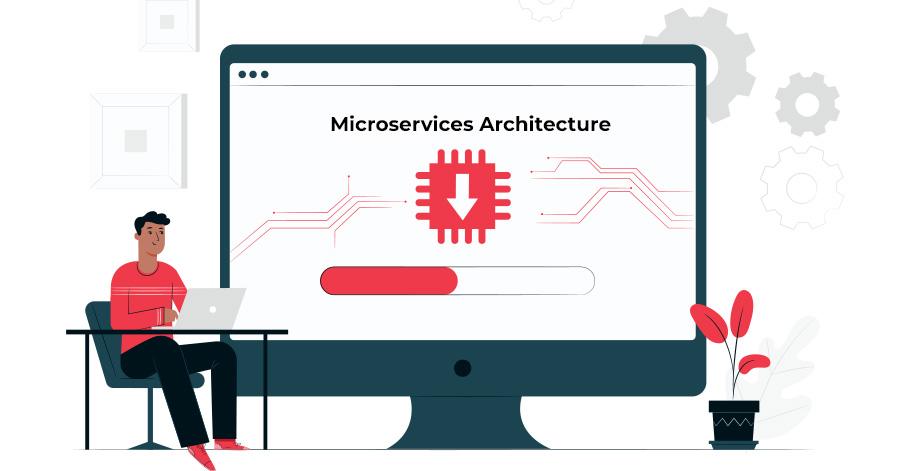Microservices Architecture Revolutionizes Application Scalability and Flexibility
- Jan 2025
- 250
- 0

What Are Microservices?
Microservices is an architectural approach that structures an application as a collection of small, independently deployable services.
Each microservice is designed to handle a specific business function, such as:
User Authentication Payment Processing Order Management
Key Characteristics of Microservices
Independence:
Each service is loosely coupled, enabling independent development, deployment, and scaling.
Communication:
Services interact through APIs using lightweight protocols like HTTP or messaging systems.
Flexibility:
Different technologies or programming languages can be used for individual services.
How Microservices Differ from Monolithic Architectures
Monolithic: All functionalities exist in a single codebase, making it challenging to scale or update individual components.
Microservices:
- Functionalities are distributed across multiple services, supporting:
- Faster development cycles.
- Fault isolation for better system reliability.
- Scalability tailored to specific components.
Benefits of Microservices
Speed: Enables faster updates and feature rollouts.
Resilience: Isolates faults, so issues in one service don’t affect others.
Scalability: Allows scaling of individual components based on demand.
Challenges and Solutions in Microservices
Inter-Service Communication: Managing dependencies between services can be complex.
Monitoring: Distributed systems require robust tracking tools for performance and health.
Orchestration: Deployment across multiple services demands coordination.
Solutions Include:
Service Meshes: Manage inter-service traffic and security.
Containerization: Tools like Docker simplify service deployment.
Distributed Tracing: Tools like Jaeger or Zipkin provide insights into system performance.
Conclusion
Microservices architecture empowers businesses with flexibility, scalability, and faster innovation. While it introduces complexities, the right tools and practices ensure a robust, manageable system that adapts to evolving needs.



Comments
No comments yet.
Add Your Comment
Thank you, for commenting !!
Your comment is under moderation...
Keep reading blog post